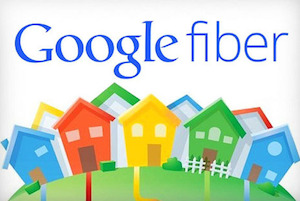
As long as it takes, but no longer.
There’re two ways to look at Google’s decision to unload its Motorola handset business to Lenovo for $2.9 billion. It’s either a long overdue retreat and admission of failure, or it’s a model for gauging what Google will do with other hardware projects and acquisitions.
Getting past the “they shoulda done it sooner” carping, what Google did was snap up Motorola and chew on it a bit, before digesting what it craves – patents, expertise and operational experience – and spitting out the rest. That’s an important lesson to keep in mind, both for hardware acquisitions like Nest and for its fiber-to-the-home initiative.
Google is in the business of providing web-based services and raking in cash from advertisers and user fees. Faster broadband connections means faster consumption of its services. It jumped into the FTTH business because it was the best way to goad complacent incumbents into upgrading service, both by providing a competitive alternative and by generally raising consumer expectations: few know what a gigabit is, but everyone wants it.
That doesn’t mean that Google will give up its fiber initiative anytime soon. It’ll take a long time and a lot of throw weight to change strategic thinking at major telcos and cable companies. The Motorola deal, though, does offer a benchmark for gauging when it’ll exit the fiber business. Google sold the hardware business to Lenovo in large part because it was competing against the phone makers it needs to help drive its web services business, not least via the Android operating system. By that measure, Google will back off from fiber if the revenue derived from incumbent service providers ever outstrips the lost opportunities caused by bandwidth bottlenecks. No need to worry, though. That day will be a long time coming.
